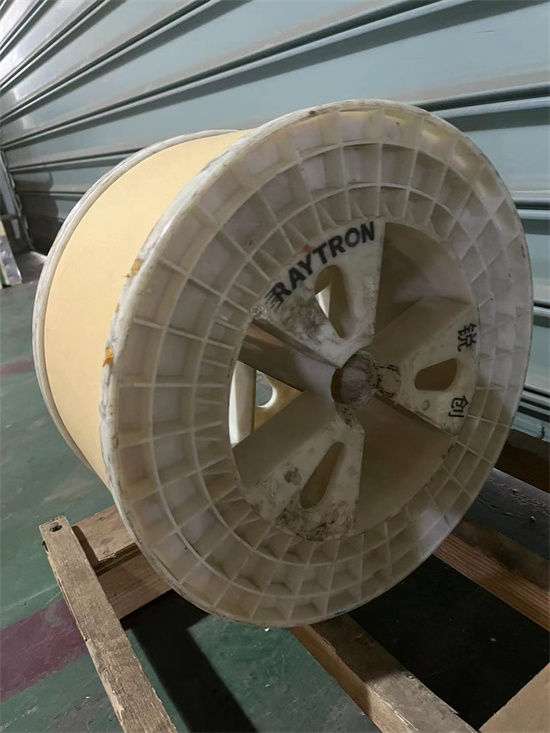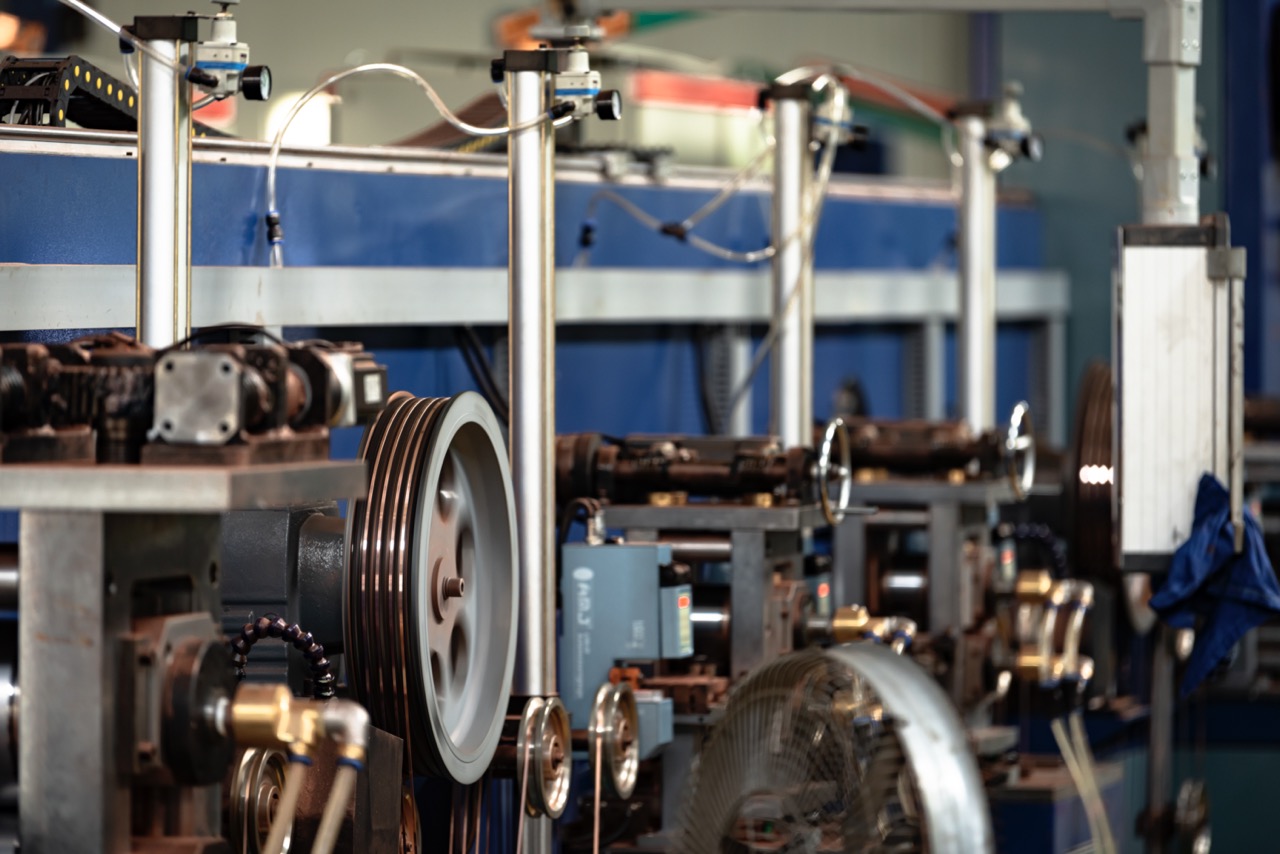When copper clad aluminum wire is stored in a warehouse, some specific precautions should be followed to ensure that it maintains good quality and performance for a long time. The following are the key precautions when storing copper clad aluminum wire:
1. Moisture-proof and moisture-proof
Humidity control: The aluminum core of copper-clad aluminum wire is easily affected by the humid environment and oxidized, which affects its conductivity and service life. Therefore, the humidity of the storage environment should be controlled within an appropriate range. It is generally recommended that the relative humidity be between "40% and 60%".
Moisture-proof packaging: Pack the copper-clad aluminum wire in a moisture-proof bag or use other moisture-proof materials (such as desiccant or moisture-proof film) to ensure that it is not damaged by moisture during storage.
2. Storage environment temperature
Avoid high or low temperatures: Copper clad aluminum wire will affect its physical and electrical properties when exposed to extreme temperatures (too high or too low). Therefore, the storage temperature should be kept within the normal temperature range, usually 10°C to 30°C.
Avoid direct sunlight: The storage area should be away from direct sunlight to prevent excessive temperature from causing adverse changes in the copper layer or aluminum core, especially the surface of the copper clad aluminum wire may be aged due to heat.
3. Prevent oxidation
Sealed storage: The copper layer will oxidize over time, especially in humid air. Therefore, it is necessary to use sealed packaging or nitrogen protection packaging to isolate oxygen in the air during storage.
Oxidation protection: If the copper-clad aluminum wire needs to be stored for a long time, you can consider using an antioxidant, or regularly check the copper-clad aluminum wire in stock for signs of oxidation and repackage it if necessary.
4. Storage location and support
Avoid excessive bending: During storage, ensure that the copper-clad aluminum wire is not excessively bent or compressed to prevent damage or deformation of the copper layer and aluminum core. The wire should be wound neatly and use appropriate brackets or reels to prevent deformation.
Stacking height: Avoid stacking copper-clad aluminum wires too high. Stacking too high may cause the wires at the bottom to be compressed, causing deformation or damage to the wires.

5. Avoid contamination and corrosion
Clean environment: The storage area should be kept clean to avoid dust, chemicals (such as acids, alkalis or salts) etc. from contaminating the copper clad aluminum wire, especially the surface of the copper layer and aluminum core.
Avoid contact with corrosive substances: Copper clad aluminum wire should avoid contact with any substances that may cause corrosion (such as acids, alkalis, chemical solvents, etc.) to prevent corrosion of its surface.
6. Regular inspection
Check inventory regularly: Check the stored copper-clad aluminum wire regularly to ensure that the packaging is intact and the surface of the wire is not damaged or oxidized. Especially after long-term storage, check regularly whether the packaging bag is sealed and whether the moisture-proof agent is effective.
Inventory rotation: Follow the first-in-first-out management principle to ensure that wires that have been stored for a long time can be used first to avoid degradation of material performance due to long-term storage.
7. Prevent electromagnetic interference
For copper-clad aluminum wires used for high-frequency signal transmission, they should be stored away from exposure to strong electromagnetic fields to avoid affecting their electrical properties.
If possible, use an EMI shielding bag for additional protection.
8. Labeling and Documentation Management
Clear labels: Affix clear labels to each batch of copper-clad aluminum wire, indicating production date, specifications, quantity, batch number and other information to facilitate inventory management.
Storage records: Keep detailed inventory records, including purchase date, usage, inspection status, etc., for tracking and management.
9. Secure Storage
The area where copper clad aluminum wire is stored should comply with the company's safety regulations to avoid fire sources, heat sources or other potential hazardous substances in the storage area to prevent fire or other accidents.
Summarize:
The storage of copper-clad aluminum wire requires a dry, clean, and temperature-appropriate environment to avoid mechanical damage, moisture, oxidation, and contamination. Through reasonable storage methods, temperature and humidity control, moisture-proof packaging, regular inspections, and other measures, the performance of copper-clad aluminum wire can be effectively maintained to ensure that it achieves the best effect when used.
